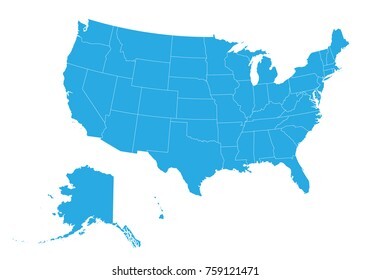What do you think?
Rate this book


516 pages, Paperback
First published February 19, 2019
Standards—the protocols by which objects and processes are coordinated—are admittedly one of the most stultifying topics known to humankind. A sample of headlines from the journal Industrial Standardization gives a sense of the exquisite heights to which boredom can be taken:A callback gets laughs from me, any time.Industry Approves Recommended List of Paper Sizes
New Law Requires Labels for Wool
Brochure Tells About Building Coordination
Revision of List of Recommended Paper Sizes
[G]lobalization, in turn, depended on key technologies devised or perfected by the U.S. military during the Second World War. These were, like synthetics, empire-killing technologies, in that they helped render colonies unnecessary. They did so by making movement easier without direct territorial control.That’s pretty much it. I can’t summarize how we got here, because that’s the book’s job, dude. Go read it. It's fun (and also horrifying). You'll learn things (horrifying things). What else is there?


"The history of the United States is the history of empire." -- Daniel ImmerwahrTL;DR